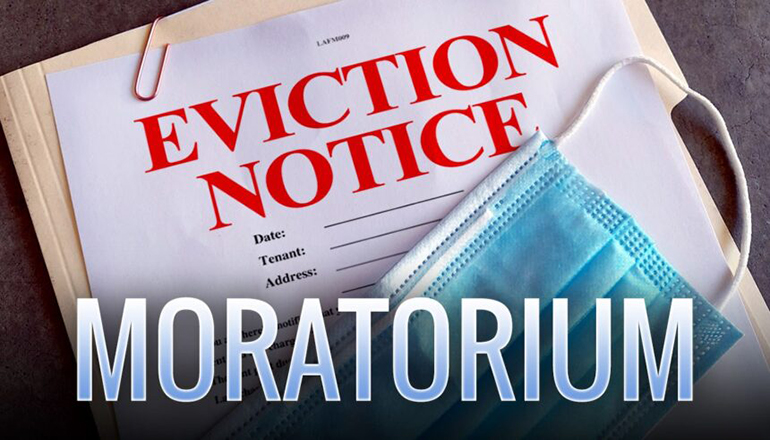The U.S. Department of Agriculture extended through September 30 the eviction moratorium for homeowners of properties financed or guaranteed by USDA.
“The United States is still reeling from a nationwide housing affordability crisis brought on by the COVID-19 pandemic. USDA is taking this important action today to allow individuals and families who face eviction from homes purchased with USDA Single-Family Housing loans more time to maintain safe and stable housing, whether it’s in their current homes, or by obtaining alternative housing options,” USDA Deputy Under Secretary for Rural Development Justin Maxson said. “Actions like the one we’re announcing today are part of President Biden’s strategy to ensure a stable and equitable recovery from the disruptions of the COVID-19 pandemic and will provide continued protection for thousands of individuals and families in rural America.”
USDA also reminds servicers that the Single-Family foreclosure moratorium will also expire on July 31. After this date, no new foreclosure filings should occur until homeowners are reviewed for new options to reduce their payments and stay in their homes. USDA released new COVID-19 Single Family Housing Guaranteed Loan Program loss mitigation options on July 23.
Beyond Sept. 30, USDA will continue to support homeowners experiencing financial hardship due to the pandemic by making loss mitigation options available to help keep them in their homes. Homeowners and renters can also visit the housing section of the Consumer Finance website for up-to-date information on their relief options, protections, and key deadlines from USDA, the Department of Housing and Urban Development, the Department of Veterans Affairs, the Federal Housing Finance Agency, and the Consumer Financial Protection Bureau.
COVID-19 has had a lasting impact on rural America. Families have lost their homes, students have resorted to unconventional solutions to access schoolwork online, the need for food assistance has grown, and access to COVID-19 testing and vaccinations has been limited. The American Rescue Plan Act implements funding that invests in the people of rural America now and beyond the July 31 moratorium extension. It provides:
- $100 million through September 2022 in rental assistance for very-low-income tenants.
- $39 million in Budget Authority (BA) through September 2023 to help refinance direct loans under the Single-Family Housing Loan Program and the Single-Family Housing Repair Loan program.
- $500 million in Community Facilities Program funds to help rural hospitals and local communities broaden access to COVID-19 vaccines and food assistance.
In addition to programs facilitated by USDA, the American Rescue Plan Act provides significant investments into rural communities by expanding internet connectivity. It also establishes a homeowner assistance fund to assist struggling homeowners with mortgage payments, property taxes, property insurance, utilities, and other housing-related costs.
Under the Biden-Harris Administration, Rural Development provides loans and grants to help expand economic opportunities, create jobs, and improve the quality of life for millions of Americans in rural areas. This assistance supports infrastructure improvements, business development; housing; community facilities such as schools, public safety, healthcare; and high-speed internet access in rural, Tribal, and high-poverty areas. For more information, visit www.rd.usda.gov. If you’d like to subscribe to USDA Rural Development updates, visit our GovDelivery subscriber page.
USDA touches the lives of all Americans each day in so many positive ways. In the Biden-Harris Administration, USDA is transforming America’s food system with a greater focus on more resilient local and regional food production, ensuring access to healthy and nutritious food in all communities, building new markets and streams of income for farmers and producers using climate, smart food, and forestry practices, making historic investments in infrastructure and clean energy capabilities in rural America, and committing to equity across the Department by removing systemic barriers and building a workforce more representative of America. To learn more, visit the USDA website.







